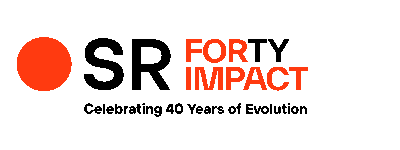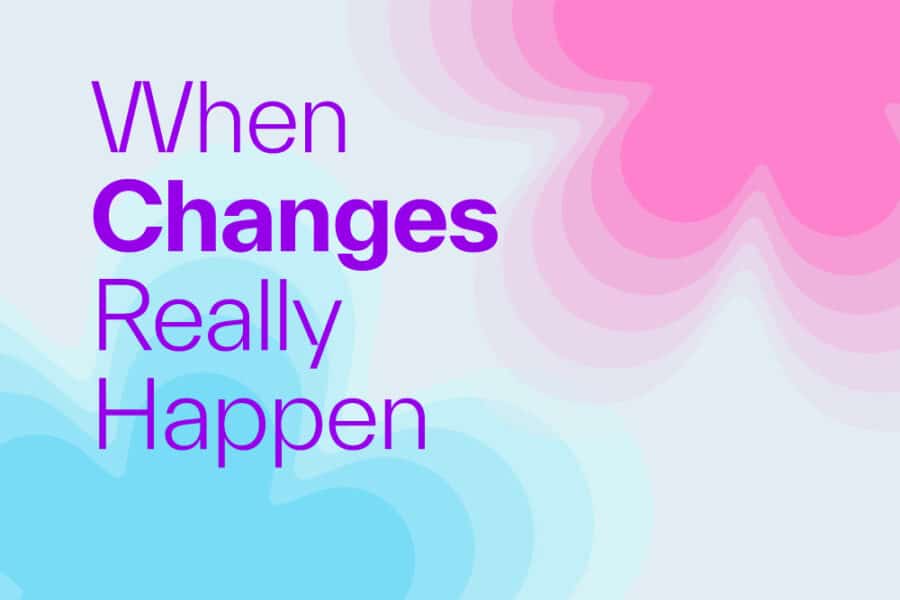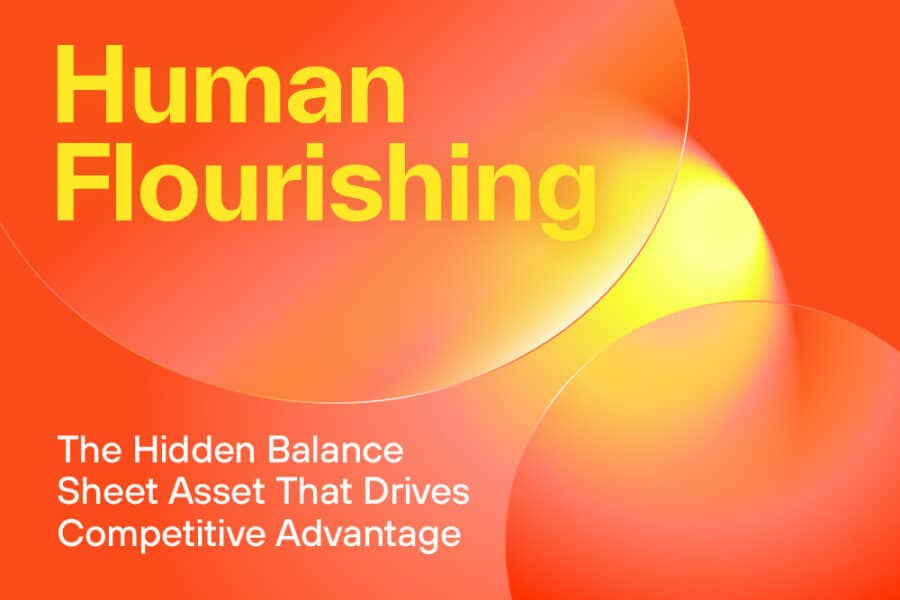The Role That’s Meant to Save the World—But Might Burn Out Doing It
“When I became a CSO, I imagined bold strategy, system change and meaningful impact. Now I spend more than half my time responding to ratings questionnaires and investor RFIs.”
That quiet confession—from a senior sustainability leader at a global company—lands with a familiar thud. Behind the dense sustainability reports and public commitments, a growing number of Chief Sustainability Officers are stretched thin. They were brought in to guide transformation, but instead, they’re drowning in a rising tide of compliance, politics (internal and external) and burnout.
It raises a sobering question: Is the role of Chief Sustainability Officer… sustainable?
The Impossible Job Description
Being a CSO was never meant to be easy. But lately, it’s become nearly impossible.
The job today demands fluency across climate- and nature-related risk, human rights, regulatory compliance, financial materiality and stakeholder engagement. One week might bring getting one’s head around constantly evolving regulatory and standards updates—drowning in an alphabet soup of TCFD, TNFD and now TISFD. That’s before lunch. The next, a client wants a custom emissions breakdown—by product line, by region and preferably yesterday.
All this unfolds alongside the increasingly unrelenting drumbeat of raters: CDP, DJSI, S&P, MSCI, EcoVadis, Sustainalytics and more. Each demands tailored submissions with their own logic, formats and quirks.“It’s like sitting final exams,” one CSO remarked, “except the questions change every year—and no one tells you how they’re graded (unless you’re happy to pay for that—it’s almost extortion, really).”
Worse still, internal silos remain stubborn. Finance talks in risk-adjusted returns. Legal focuses on downside protection. Marketing champions purpose, but wants it polished and promotable—while CSOs are left managing the growing risk of greenwashing and holding together an evolving narrative that’s often chasing ambitious targets with shrinking timelines.
The Human Cost of Holding the Line
The emotional toll is real. According to a study by Oxford Brookes Business School, 62% of sustainability professionals report burnout. Nearly 70% say they struggle to stay motivated. Most of them are still showing up, still smiling, still pushing.
But many are operating in near-isolation. Few have true peers within their companies and fewer still have clear mandates. The job is often about justifying its own existence while holding the line on sustainability ambition.
The boardroom doesn’t always help. Too often, sustainability is still seen as a “nice-to-have,” not a strategic priority. That underestimation leads to limited budgets, reactive strategy and CSOs stuck explaining the same concepts every quarter.
And Just When It Couldn’t Get More Complicated, Politics Entered the Chat
In the U.S., ESG has become a cultural fault line. Under Trump-era rhetoric and beyond, “woke capitalism” has become the conservative shorthand for everything from DEI policies to emissions disclosure. Several states have even passed legislation barring pension funds from using ESG criteria. Sustainability isn’t just debated now—it’s weaponised.
One leader summed it up: “In one country, I’m a risk manager. In another, I’m accused of being a leftist activist.”
But the political chill isn’t limited to the U.S. In Europe, even as regulation tightens through CSRD and CSDDD, corporate pushback is growing.
For CSOs, this whiplash is more than just narrative fatigue—it’s operational chaos. Strategy must now be adapted not just by market, but by ideology. Language is constantly recalibrated, disclosures softened or sharpened. And all of it adds yet another layer of emotional and strategic friction to an already fraught role.
Where Sedgwick Richardson Comes In
This isn’t a job for one person. And it shouldn’t be.
At Sedgwick Richardson, we partner with CSOs to help them reclaim the strategic intent of their roles—unblocking internal inertia, neutralising external noise and activating transformation with clarity and cohesion.
Our role is part translator, part strategist, part instigator. But more often, we’re the glue—training boards and leadership teams, bridging departments, uniting ideas and integrating brand and sustainability strategies so sustainability becomes a driver of competitive advantage, not a burden of compromise.
A Better Way Forward
The CSO role can be visionary. But not if it’s unsupported, misunderstood or politically undermined.
Companies that invest in CSO success—structurally, financially and culturally—don’t just reduce burnout. They unlock resilience, innovation and long-term value.
No one drives transformation alone.
We’re here to share the weight—and shape what’s next.









